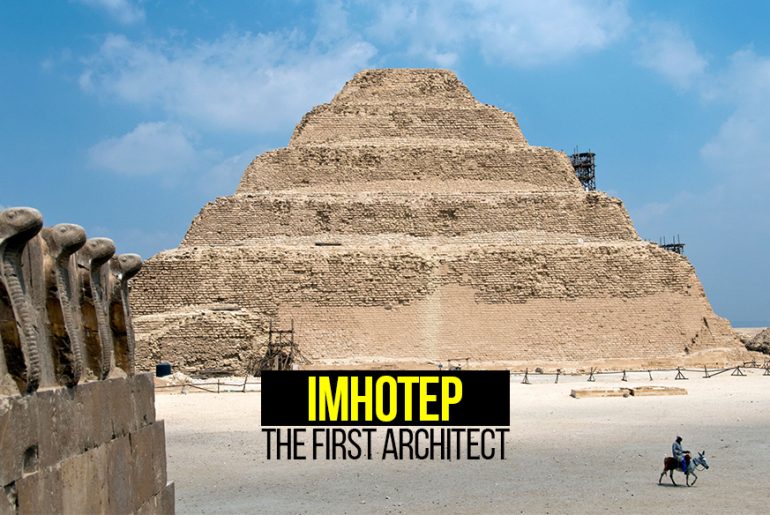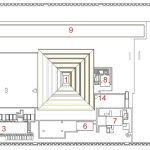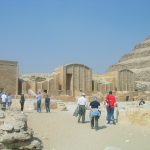The name Imhotep stands for ‘the one who comes in peace.’ A resident of the ancient civilization of Egypt, Imhotep has been credited to be the first official and titled architect of the world. Born approximately during the 27th century BCE in the Egyptian city of Memphis under the rule of the Pharaoh Djoser, he has been credited as the creator of the Djoser Pharaoh’s burial pyramid.
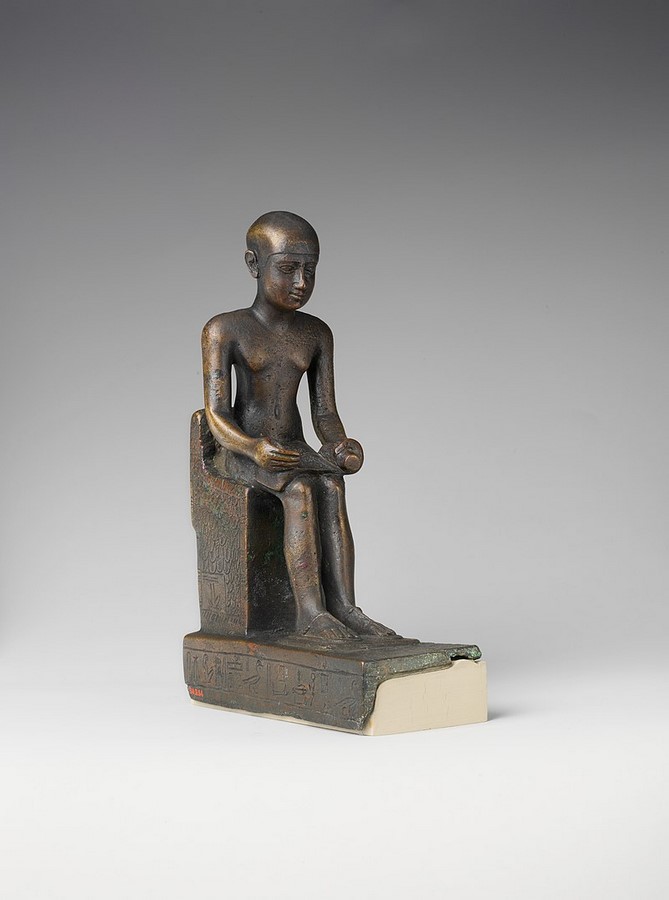
According to historical accounts, Imhotep was one of the chief officials of the Pharaoh and held the title of ‘chancellor’ in the royal court. Publicly, he was known as a physician and a high priest to the sun God Ra, and there have also been accounts of people worshipping and treating him as the God of Medicine. As an architect as well as an engineer, Imhotep seems to have only gained a brief designation at the time of the Pharaoh’s death.
Being an architect
As the first architect, Imhotep gained public attention almost 3000 years after his death. Vastly known as a man of medicine and philosophy, he gained popularity due to Egyptians and historians concurring with legends and awarding him the status much after his death, through the study of materials and text found from the ancient Egyptian civilization.
Imhotep made two very important contributions to architecture, one of which is a method and one a structural member – that are both still being used today. Imhotep introduced the idea of cladding one material of a building with another, particularly through his use of stone to clad walls and other structural elements. Today, architects around the world use cladding as a means of representation, decoration, and treatment of other surfaces, both on the interiors and the exteriors of a building.
The second, and most important, contribution of Imhotep was the use of columns. The common use of load bearing as a medium of construction was overturned, and stone began to be used as columns. Today, these have been replaced by the use of reinforced cement concrete, but the idea of creating long spans and multi-story structures through a framed form of construction has been present consistently.
The Step Pyramid of Djoser
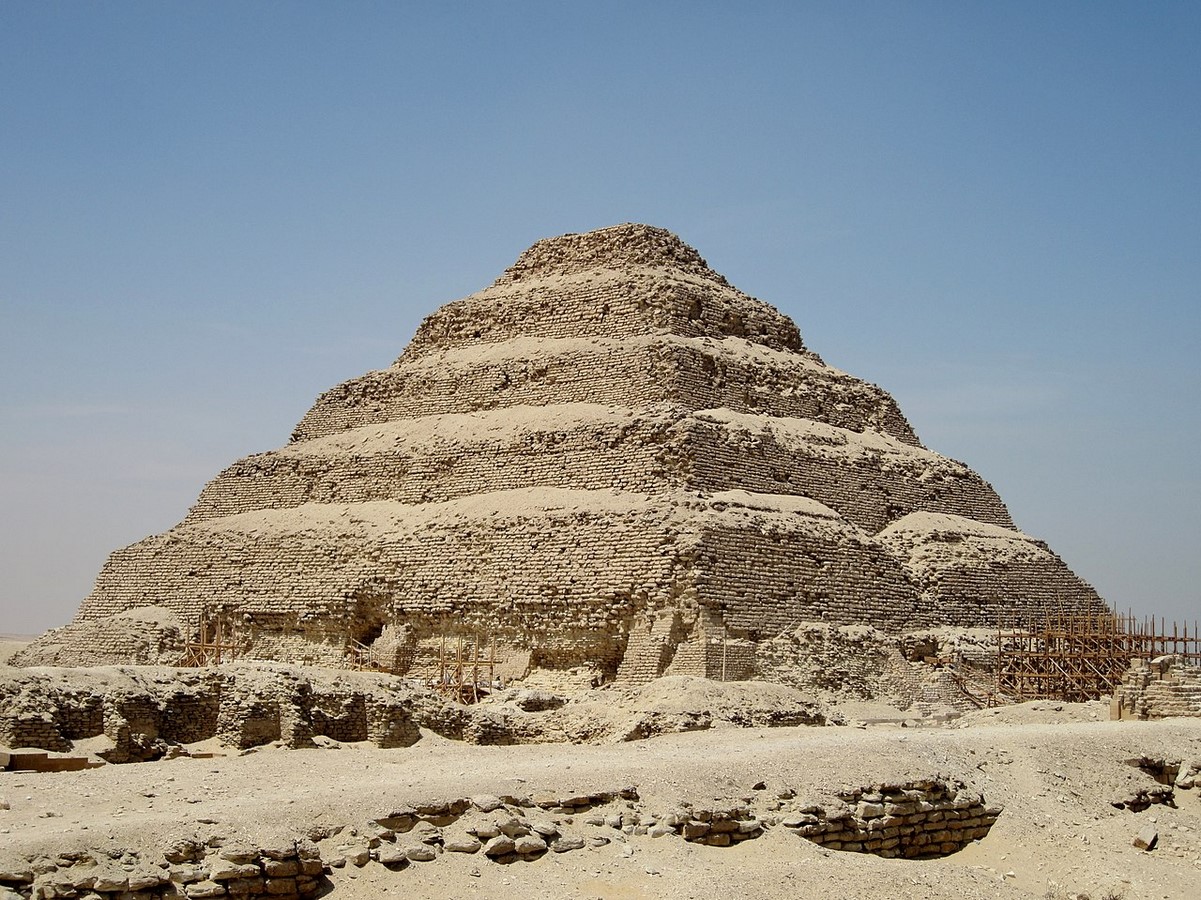
The one known structure that was probably designed and built by the first architect known by name, that is, Imhotep, is the stepped pyramid of Djoser. Located in the Saqqara Necropolis northwest of the site of the ancient city of Memphis, the Djoser Pyramid is a 6-tier 4-sided colossal stone structure, one of the earliest buildings of the material in Egypt.
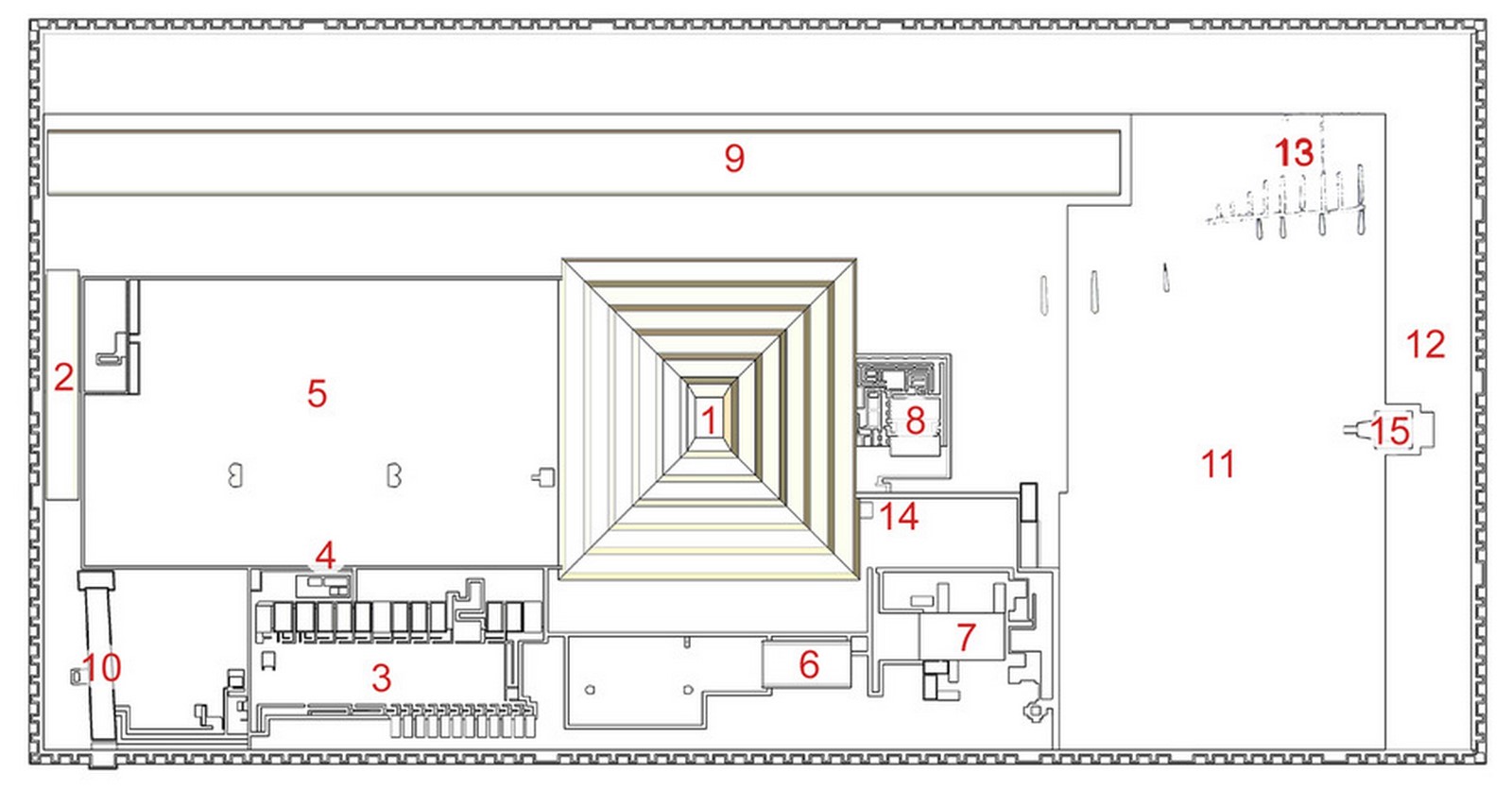
The stepped pyramid sits in the center of a large mortuary complex, comprising several courtyards, ceremonial structures like temples, and other decorations. The layout of the entire complex, as seen in the image above, goes in the following sequence.
- Step Pyramid, the primary burial place with the underground burial chamber,
- South Tomb and Chapel
- Sed Festival Complex
- ‘T’ Temple
- South Court, to celebrate the Heb-Sed festival as a revival of the power of the king every 30 years,
- South Pavilion
- North Pavilion
- Mortuary Temple, where offerings were made to the dead,
- Western Mounds
- Colonnaded Entrance, flanked by 40 6-meter-tall limestone columns,
- North Court
- North Galleries
- Step Tombs
- Serdab, and
- North Altar.
The design of the entire complex has been credited as a landmark achievement of Egyptian architecture. Djoser’s Step Pyramid was the beginning of the pyramidal royal burial tomb of the Egyptian civilization. This structure, claimed to be designed by Imhotep, is the first ever structure to have used limestone in construction – replacing the older staple of the mudbrick. The use of this hard, dense stone meant that the form of decorative motifs on wooden planks hung on poles with reed mats became outdated. The architect insisted that earlier traditions be kept, and thus came the process of copying architectonic elements onto the stone by carving.
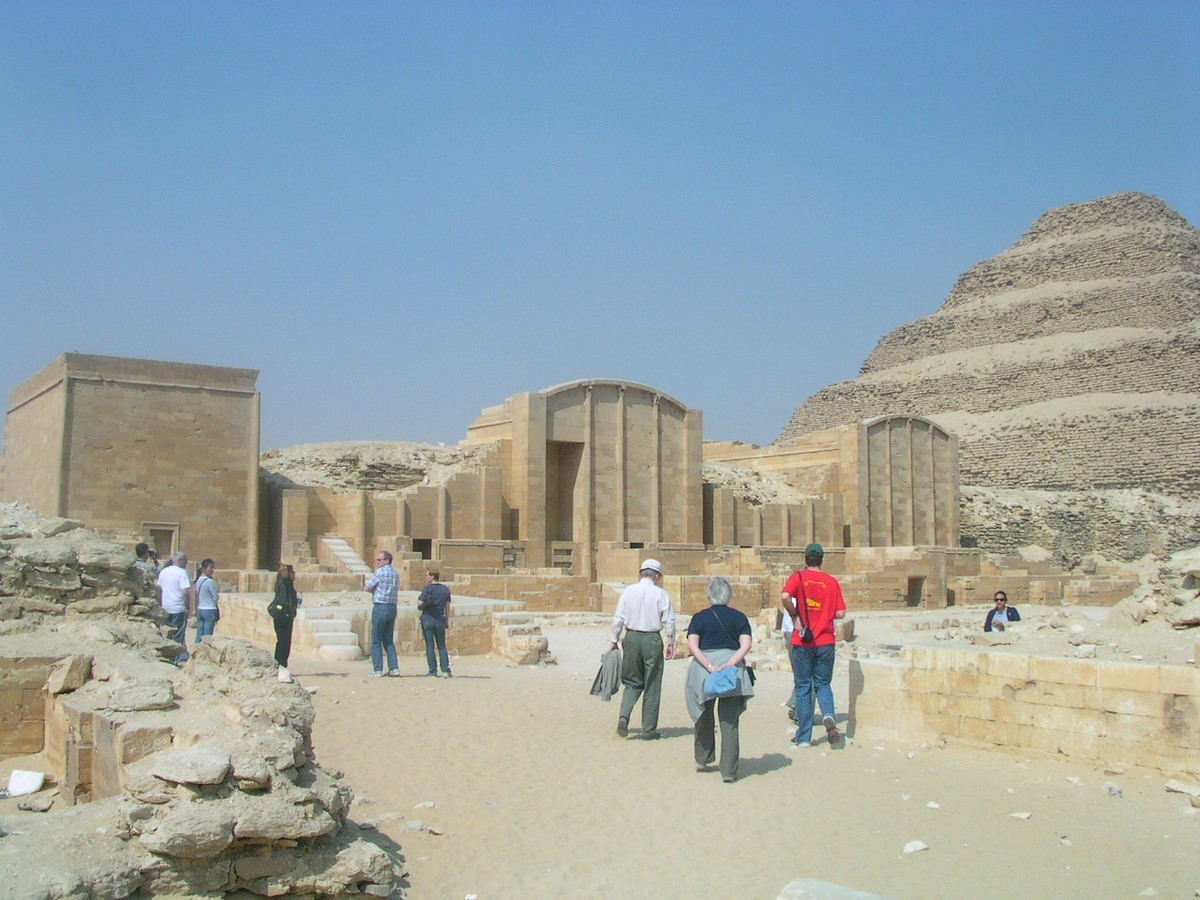
The layout of the pyramid complex defers from its later contemporaries in several ways. The entire complex is placed on North-South access, while the later complexes came to be planned in the East-West direction. Apart from that, the pyramid temple is situated on the north side of the pyramid, while in the Old Kingdom complexes it is placed to the east. The Djoser complex houses one niched enclosure wall, which later developed into two enclosure walls in the older complexes, with the outside surface smooth and the inside sometimes niched.
Conclusion

Although there is little information present about Imhotep or other examples of his architectural practice, the study of the Step Pyramid of Djoser brings to light the intricate and technical work that has gone behind the planning, design, construction, and material selection of the complex. Extensive effort is visible as the first architect entirely overturned the royal Egyptian burial rituals by introducing a pyramidal tomb – and he outlived the Pharaoh long enough to guard this creation himself.
References
- Imhotep, Wikipedia (https://en.wikipedia.org/wiki/Imhotep)
- Pyramid of Djoser, Wikipedia. (https://en.wikipedia.org/wiki/Pyramid_of_Djoser)
- Imhotep, Britannica (https://www.britannica.com/biography/Imhotep)


